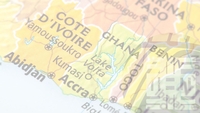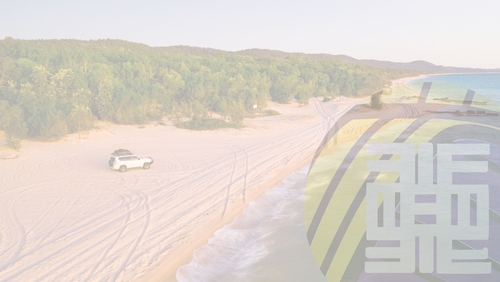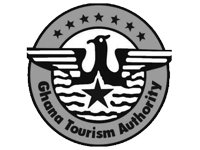Finding information about your next trip around Ghana can be confusing.
We are here to make things easy.
Latest Articles
Water Fun
A selection of to enjoy time in or around the water at GhanaTRVL.
Discover Ghana!
Welcome to GhanaTRVL, your ultimate travel guide for everything you need to know when visiting Ghana. We are dedicated to providing you with the most up-to-date and comprehensive information on the best places to stay, eat, and explore in Ghana.
Driven by Insiders
Whether you are interested in touring the bustling cities of Accra and Kumasi, or taking in the natural beauty of the country's national parks and beaches, we have something for everyone. Our team of local travel experts have scoured the country to bring you the inside scoop on the top attractions and hidden gems in Ghana.
Keeping it Practical
In addition to our in-depth travel guides and itineraries, we also offer practical information on transportation, visas, and safety to help make your trip to Ghana smooth and enjoyable.
Why wait? Start planning your dream trip to Ghana today with GhanaTRVL!
Drinking
Eating
Selection of Places to See
Highlighted tours
A selection of tours organised by partners you can find on GhanaTRVL.
UPCOMING EVENTS
Supported community projects
Our team is dedicated to providing you with the best travel experience while also making a positive impact on the communities we visit.
Join us on our journey to make a difference today!
Share your travel advice
Help us help other travelers have a unique and refreshing experience in Ghana by sending us your suggestions for inclusion on our website. Don't miss out on the hidden gems and local favorites that aren't always included in standard top-10 lists of things to do and see in Ghana!













































































